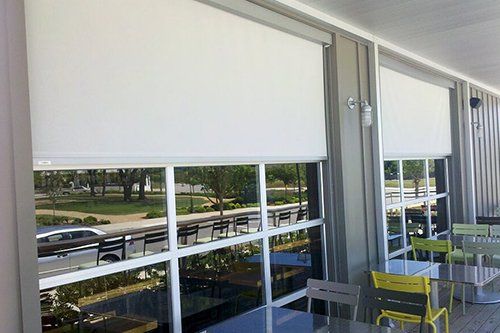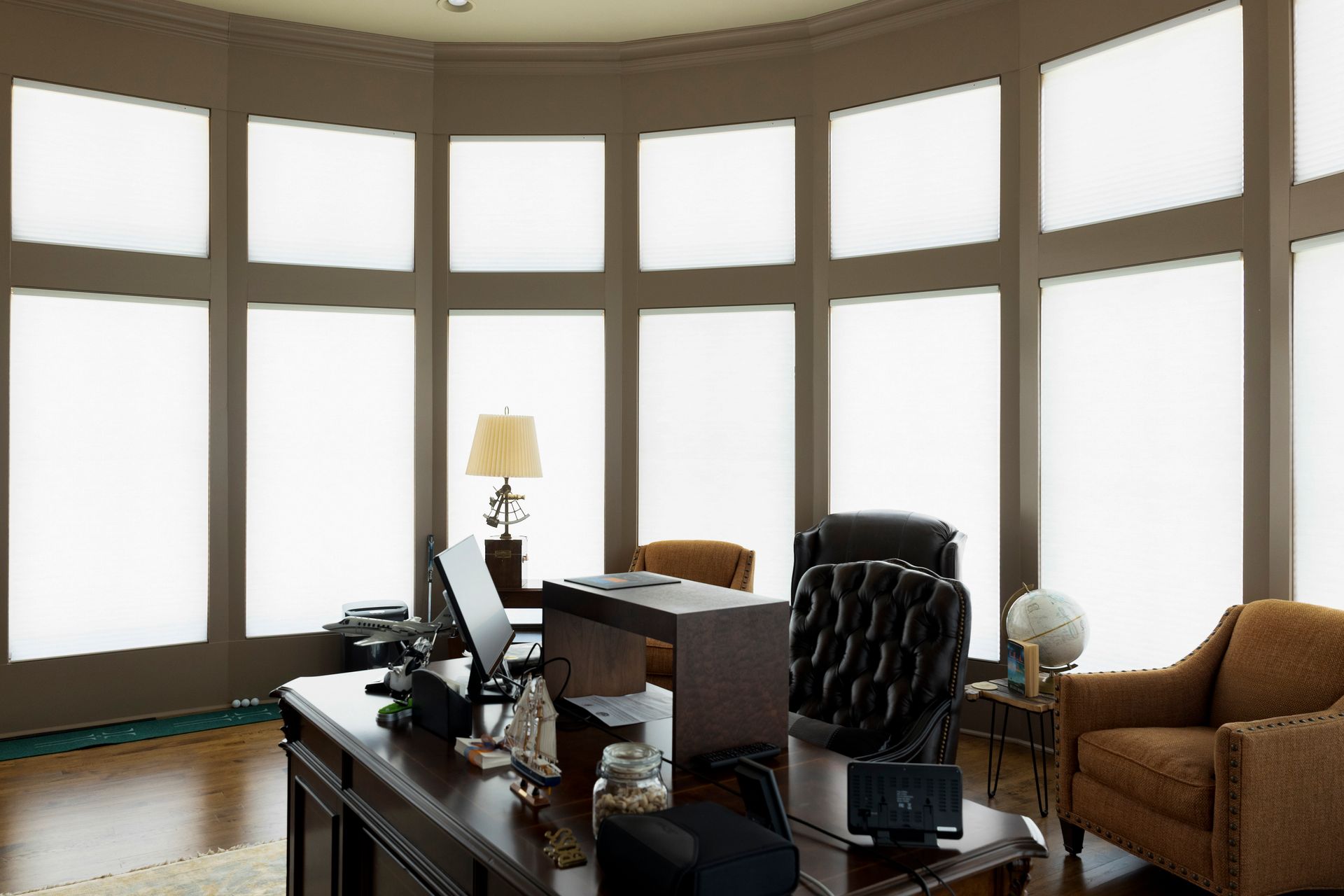Most people love high windows by providing extra light and adding visual interest to the living space. Others use them as specialty windows like skylights or vaulted ceilings in the bedroom. Most people forget these windows and skip covering them as it seems complicated to mount and operate.
Without proper coverage, you risk overworking your HVAC systems and letting harmful UV rays enter the house, damaging furnishings and flooring over time. You may also lack privacy within the rooms without proper window treatments. The best coverage for your high windows can solve these issues.
When preparing to cover high windows, you must consider various factors, including the window type. High windows can be in multiple forms. Some may have upward extensions for accommodating cathedral cleaning and still reach the floor level, while others can be too high to reach and see directly through.
Curtains and drapes are the most commonly used high window coverings when you need to cover the glass. Another popular option today is the motorized window coverings that you can operate by remote, and you don't have to worry about finding a way to reach the high windows.
Curtain Rod Placement for High Windows
Curtain rods usually sit 2 to 8 inches over the window frame when placed on ordinary windows. Setting the custom rod higher creates a more dramatic look, making the eyes look upward and making the room look larger.
When dressing a large window, you will likely lack the 8 inches of open space over the window. For windows that extend from floor to ceiling, you don't need to create a dramatic look as the windows already offer that with a unique height.
Choosing the proper drapery hardware is also crucial to avoid missing subtle details. The curtain-rod size is more important than placement when it comes to high windows. With a very high curtain rod, you require larger hardware. The windows will dwarf the rod, or it can be so high, making it appear overly small and creating an imbalanced look in the room.
A large curtain rod makes the space elegant by creating an eye-catching finial. Create a modern look by skipping the finials and incorporating a simple metal road over the window.
Curtain Design for High Windows
High ceiling curtains boost your home décor by pulling together the room's overall look. Consider getting fabrics, colors, and patterns matching the pieces available in the living space. Neutrals give you the view from the window and take care of the center stage to keep the room looking clean and uncluttered.
Play around with black-and-white patterns or a solid color of your choice to create a contemporary style. Otherwise, traditional or bohemian aesthetics sits well with rich fabrics such as velvet, while coastal and French Country styles work best with light linens or sheers.
Choosing the Right Curtain Length for High Windows
There are three main choices for curtain length for windows: to the bottom of the window, to the floor, or pooling on the floor.
High windows can be challenging to reach and may need personalized window treatments, curtains, and fixtures. Work with a professional for the exact size of the windows. You'll be happy with the result as it will match your home design.
Curtain Alternatives for High Ceiling Windows
Hanging curtains or drapes on either side of the window adds a decorative touch to the living space. But high windows may not necessarily need swaths of fabric to improve appeal. Other windows will look better by adding an inset window covering that sits within the frame.
Consider covering your high windows with shutters, shade, and blinds. You can make a long skinny seem wider with drapery panels hanging on either side.
At Just Blinds, we can help you select, measure, and design window coverings for high windows. Contact us today to get an expert opinion and receive personalized advice to make the right choice for your window coverings.
Expert Advice by Just Blinds


